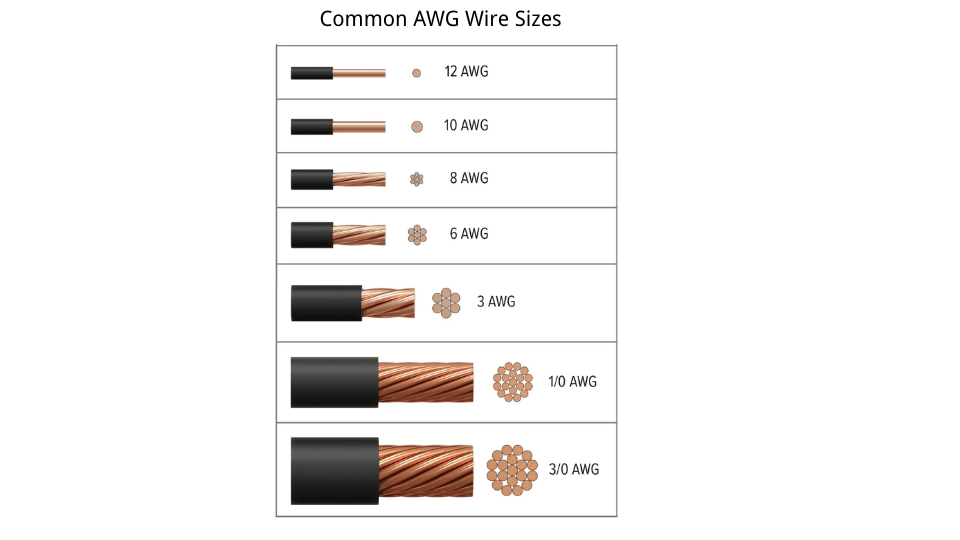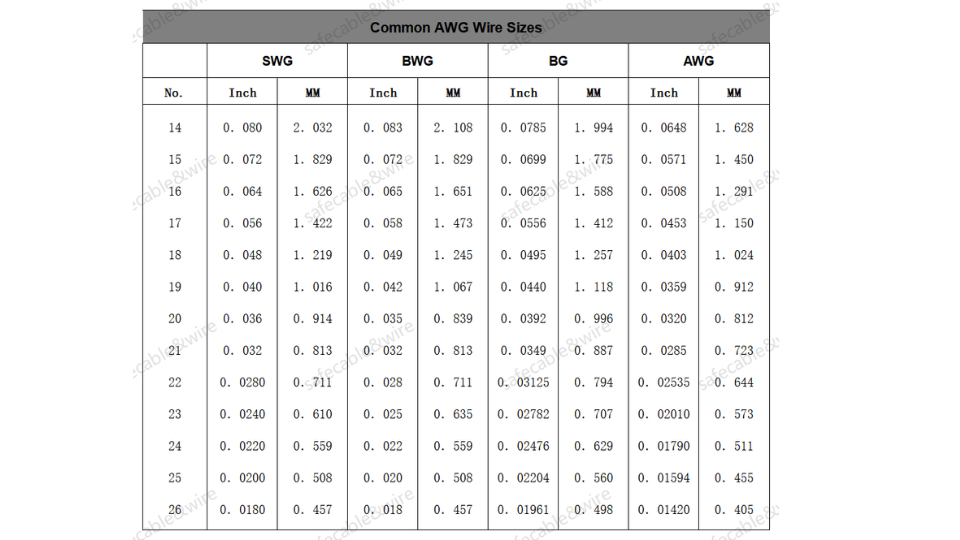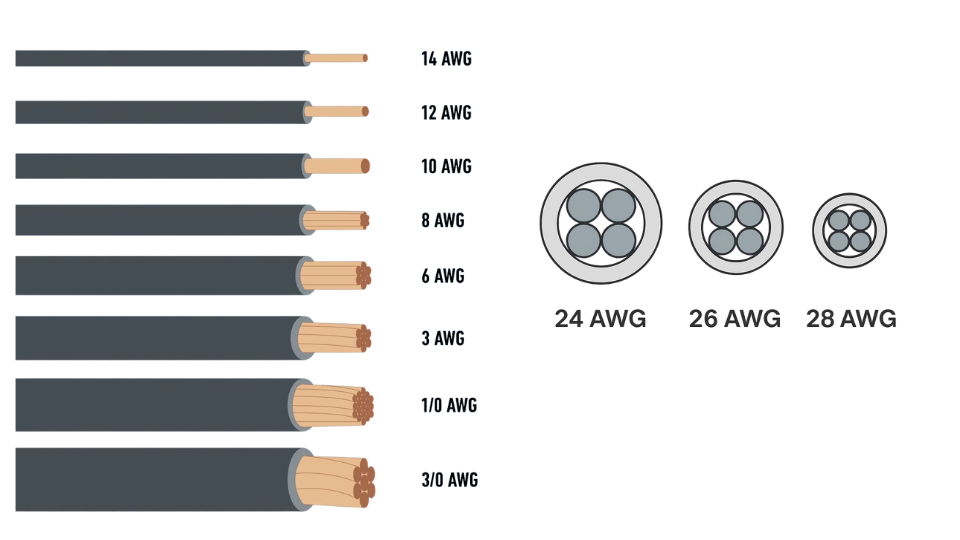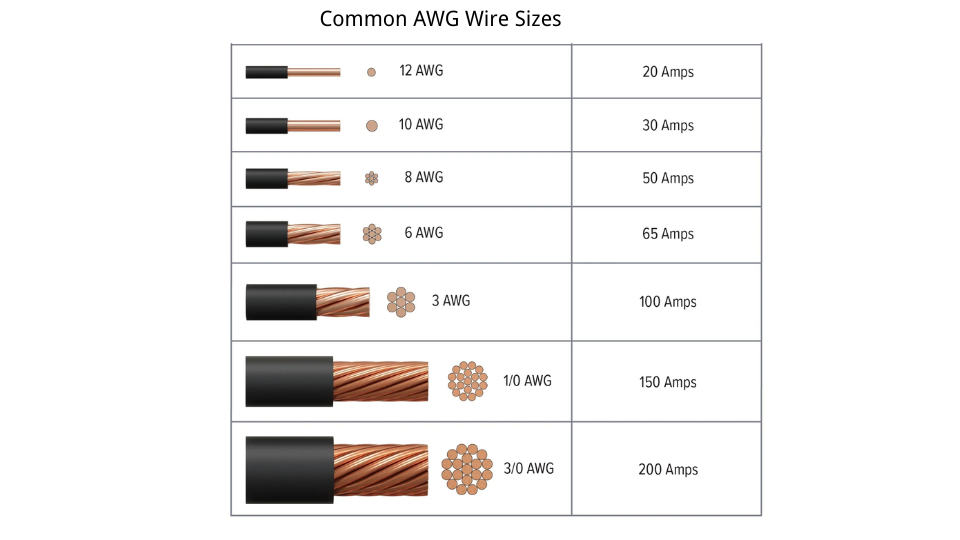Have you ever wondered what makes one Ethernet cable better than another? It’s not just the category, but also the American Wire Gauge (AWG) that makes a difference.
AWG refers to the thickness of the copper wires inside the Ethernet cable. A lower AWG number means thicker wires, which generally leads to better performance, especially over longer distances, due to lower resistance and less signal loss.

Picking the right Ethernet cable can feel like a maze. If you don’t keep reading, you may not know where to start.
What Is AWG? Ethernet Cable Gauge Introduction?
Ever heard of AWG but weren’t quite sure what it meant? It’s simpler than you might think and is key to understanding cable performance.
AWG, or American Wire Gauge, is a standard way to measure the diameter of electrical wires. In Ethernet cables, AWG tells you how thick the copper conductors are inside the cable. The lower the AWG number, the thicker the wire.

AWG is a standardized system that has been used since 1857 to measure wire thickness. It’s based on a logarithmic scale, so the difference between each gauge isn’t linear. For example, a 23 AWG cable is thicker than a 28 AWG cable. The thickness of the wire impacts several factors, including signal quality[1], heat generation, and how well the cable can handle power. Knowing the AWG helps electricians and network professionals choose the right cable for the job, ensuring safety and performance. I remember one time when we used the wrong gauge[2] for a PoE installation[3], and it caused so many problems with the devices not getting enough power!
Is 24 AWG better than 26 AWG?
When choosing Ethernet cables, you might wonder if 24 AWG is better than 26 AWG. The answer depends on what you need the cable to do.
Generally, 24 AWG is better for longer distances and Power over Ethernet (PoE) applications because it has lower resistance. 26 AWG is often more flexible and suitable for shorter runs.

The key difference lies in the thickness of the copper conductors[4]. 24 AWG cables have thicker wires, allowing them to carry more current and transmit signals more efficiently over longer distances. This is important for maintaining signal strength and reducing data loss. However, the thicker gauge also makes the cable less flexible. 26 AWG cables, with their thinner wires, are more flexible and easier to manage, especially in tight spaces. While they may not perform as well over very long distances[5], they are perfectly adequate for most office and home network setups. I used to think that thicker was always better until I had to wire a small office with limited space. The 26 AWG cables were a lifesaver!
24AWG vs 26AWG vs 28AWG: Which To Use?
Choosing between 24AWG, 26AWG, and 28AWG Ethernet cables can be confusing. Each has its strengths, so let’s break it down.
24AWG is best for long distances and PoE. 26AWG provides a balance for general use. 28AWG is ideal for high-density environments where flexibility is key.

24AWG cables are the thickest and offer the least resistance, making them suitable for demanding applications like PoE and long cable runs. They ensure that devices receive enough power and that signals remain strong over distance. 26AWG cables strike a good balance between performance and flexibility[6], making them a common choice for standard network connections. 28AWG cables are the thinnest and most flexible, perfect for data centers or areas with limited space where cable management[7] is important. These are great for short connections, but they may not be the best choice for long distances. I’ve found that using 28AWG cables in data centers really helps with airflow and prevents overheating. It’s all about choosing the right tool for the right job.
Conclusion
Choosing the right AWG for your Ethernet cables depends on your specific needs, balancing performance, distance, and flexibility.
[1]: Understanding signal quality can help you choose the best Ethernet cable for your network needs.
[2]: Learning how gauge impacts PoE performance can help you choose the right materials for reliable installations.
[3]: Understanding best practices for PoE installation can help prevent power issues and ensure optimal device performance.
[4]: Discover the role of copper conductors in ensuring efficient data transmission and power delivery.
[5]: Learn about the limitations and solutions for using Ethernet cables in long-distance applications.
[6]: Explore how cable flexibility can influence installation choices in tight spaces.
[7]: Effective cable management is essential for maintaining airflow and preventing overheating in data centers.
